What Are the Key Components of a Coffee Vending Machine Dispensing System?
2024-07-18 14:23:28
Introduction
Coffee vending machines are a common sight in offices, schools, and public places, offering a quick and convenient way to get a cup of coffee. These machines are designed to automate the coffee brewing process, providing consistent quality and taste with minimal user intervention. The efficiency and effectiveness of a coffee vending machine largely depend on its dispensing system, which comprises several key components working together. This blog post will explore the essential Coffee Vending Machine Dispensing Components by answering three important questions: "How does the grinding mechanism impact coffee quality?", "What role does the water heating system play in brewing?", and "Why is the cup dispensing mechanism crucial for user satisfaction?"
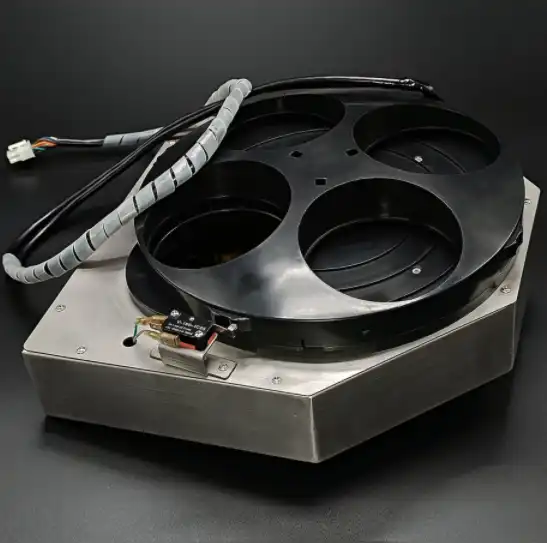
How Does the Grinding Mechanism Impact Coffee Quality?
The grinding mechanism is a crucial component of a coffee vending machine's dispensing system, as it directly affects the quality and flavor of the coffee. The process of grinding coffee beans just before brewing ensures maximum freshness and taste.
Importance of Fresh Grinding
Flavor Preservation: Freshly ground coffee beans retain their essential oils and aromatic compounds, which are responsible for the rich and complex flavors of coffee. Pre-ground coffee, on the other hand, loses these compounds over time, resulting in a stale taste (Best Espresso Machine Reviews by EMP).
Customization: Many coffee vending machines allow users to select the grind size, which can be adjusted to suit different brewing methods. For example, a finer grind is suitable for espresso, while a coarser grind is better for drip coffee. This customization enhances the overall coffee experience (Best Espresso Machine Reviews by EMP).
Types of Grinders
Burr Grinders: These grinders use two revolving abrasive surfaces (burrs) to crush the coffee beans. Burr grinders are known for their consistent grind size and minimal heat generation, which preserves the coffee's flavor (Best Espresso Machine Reviews by EMP).
Blade Grinders: These grinders use a blade to chop the coffee beans. While more affordable, blade grinders often produce an inconsistent grind size and can generate heat, which may affect the coffee's flavor negatively (Best Espresso Machine Reviews by EMP).
Maintenance and Longevity
Regular Cleaning: To maintain the quality of the coffee, it is essential to clean the grinder regularly. Residual coffee grounds can become stale and contaminate fresh coffee, leading to a bitter taste.
Durability: Investing in a high-quality grinder can extend the lifespan of the vending machine and ensure consistent performance. Durable materials like stainless steel are preferred for commercial-grade grinders (Best Espresso Machine Reviews by EMP).
What Role Does the Water Heating System Play in Brewing?
The water heating system is another vital component of a coffee vending machine. The temperature of the water used in brewing can significantly impact the extraction process and, consequently, the flavor and quality of the coffee.
Optimal Brewing Temperature
Extraction Efficiency: The ideal brewing temperature for coffee is between 195°F and 205°F (90°C to 96°C). Water within this range optimally extracts the flavors from the coffee grounds, resulting in a balanced and aromatic cup of coffee (Best Espresso Machine Reviews by EMP).
Consistency: A reliable water heating system ensures that the water temperature remains consistent throughout the brewing process, which is crucial for producing high-quality coffee every time (Best Espresso Machine Reviews by EMP).
Types of Water Heating Systems
Boilers: Boilers are commonly used in espresso machines and some coffee vending machines. They heat a large volume of water to the desired temperature and maintain it until needed. Boilers are effective for machines that need to brew multiple cups of coffee in quick succession (Best Espresso Machine Reviews by EMP).
Thermoblocks: Thermoblocks heat water on demand, passing it through a heated block of metal. This system is energy-efficient and can quickly heat small amounts of water to the desired temperature, making it suitable for single-cup brewing systems (Best Espresso Machine Reviews by EMP).
Maintenance and Safety
Descaling: Regular descaling is necessary to prevent mineral buildup in the heating system, which can affect the efficiency and lifespan of the machine. Most vending machines come with descaling alerts and instructions (Best Espresso Machine Reviews by EMP).
Safety Features: Modern coffee vending machines are equipped with safety features such as thermal cutoffs and pressure relief valves to prevent overheating and ensure safe operation (Best Espresso Machine Reviews by EMP).
Why is the Cup Dispensing Mechanism Crucial for User Satisfaction?
The cup dispensing mechanism is a key component of the coffee vending machine, responsible for delivering a clean, empty cup to the user before the coffee is brewed. A reliable and efficient cup dispenser enhances user satisfaction by ensuring a smooth and hassle-free experience.
Types of Cup Dispensing Mechanisms
Gravity-Fed Dispensers: These dispensers use gravity to release cups one at a time from a stack. They are simple and reliable but may require regular adjustment to prevent jams and ensure consistent dispensing (Best Espresso Machine Reviews by EMP).
Spring-Loaded Dispensers: These dispensers use a spring mechanism to push cups forward, releasing them one at a time. Spring-loaded dispensers are more precise and less prone to jams, making them a popular choice for high-traffic vending machines (Best Espresso Machine Reviews by EMP).
User Convenience
Automated Dispensing: Automated dispensers reduce the need for manual intervention, allowing users to get their coffee quickly and efficiently. This is particularly important in busy environments where speed and convenience are paramount (Best Espresso Machine Reviews by EMP).
Multiple Cup Sizes: Offering multiple cup sizes can cater to different user preferences, enhancing satisfaction. Modern vending machines often have adjustable cup dispenser that can handle various cup sizes and types (Best Espresso Machine Reviews by EMP).
Maintenance and Reliability
Regular Refilling: Ensuring that the cup dispenser is regularly refilled is crucial to avoid running out of cups, which can lead to user frustration. Some machines have sensors that alert operators when the cup supply is low (Best Espresso Machine Reviews by EMP).
Jamming Prevention: Regular maintenance and proper adjustment of the cup dispensing mechanism can prevent jams and ensure smooth operation. Operators should check for any obstructions or misalignments that could cause issues (Best Espresso Machine Reviews by EMP).
Conclusion
The Coffee Vending Machine Dispensing Components—grinding mechanism, water heating system, and cup dispensing mechanism—are crucial for ensuring a high-quality and convenient coffee experience. By understanding how these components work and their impact on the coffee brewing process, you can make informed decisions when choosing and maintaining a coffee vending machine. Each component plays a vital role in delivering a satisfying cup of coffee, from grinding fresh beans to brewing at the optimal temperature and providing a clean cup for users.
References
1. CDC. "Outbreak of Gastroenteritis Associated with Contaminated Vending Machine Cups in a Workplace Setting." Retrieved from cdc.gov
2. Espresso Machine Picks. "5 Best Coffee Maker with K Cup Option [7 Factors To Consider]." Retrieved from espressomachinepicks.com
3. Restaurantware. "Coffee Dispenser Buying Guide." Retrieved from restaurantware.com
4. Compact Appliance. "How to Choose the Best Coffee Maker: Buyer's Guide." Retrieved from learn.compactappliance.com
5. OnCoffeeMakers. "8 Factors to Note for Your Coffee Shop Location Analysis." Retrieved from oncoffeemakers.com
Send Inquiry
Related Industry Knowledge
- What Does Coffee Boiler Mean?
- Why is Cleaning the Coffee Machine Mixer Essential for Taste Quality?
- What Are the Key Features to Look for in a Coffee Grinder Motor?
- How Does Motor Power Affect Coffee Grinding Speed?
- What Are the Key Components of a Coffee Vending Machine Dispensing System?
- Coffee Sieve Sizes
- Coffee machine pump pressure
- What is Mini Pcie?
- Do coffee vending machines need a Water Tank?
- Coffee Vending Machine Dispensing Components and Functions

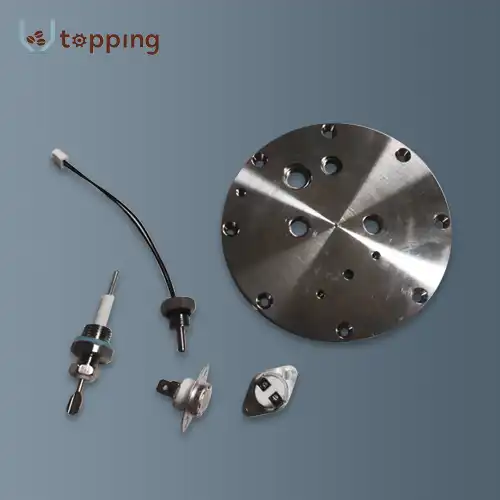
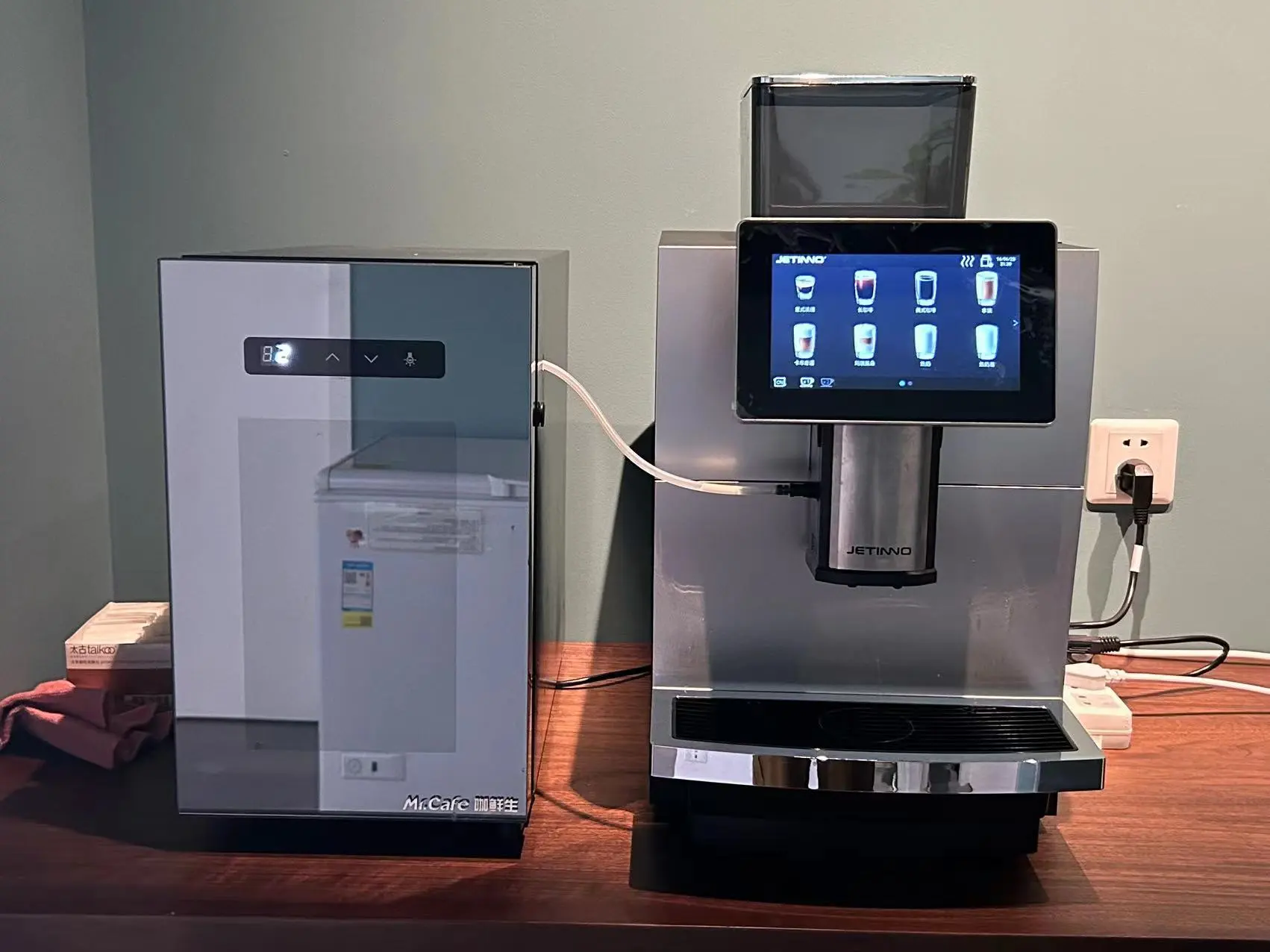
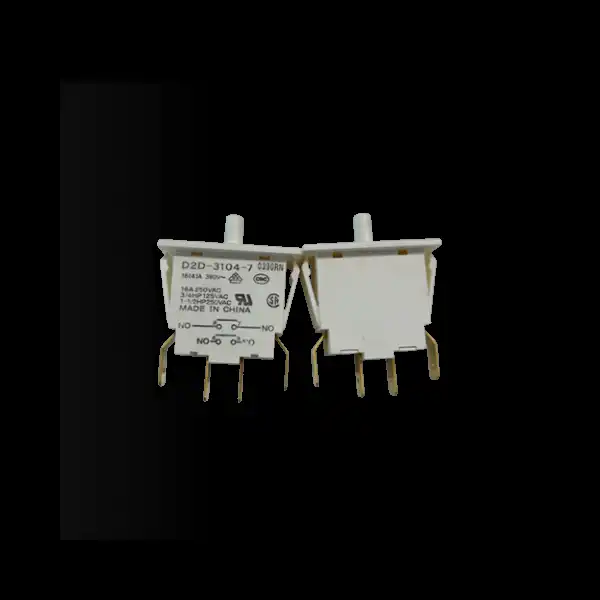
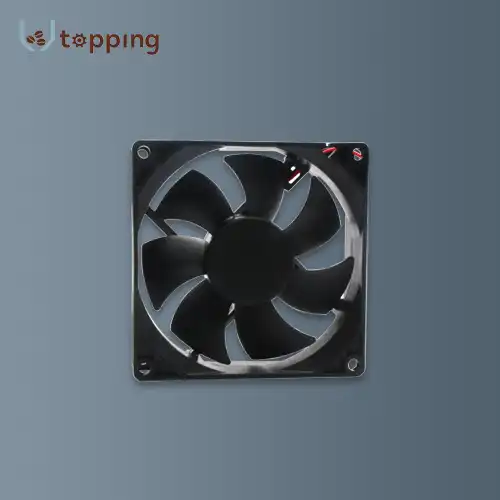
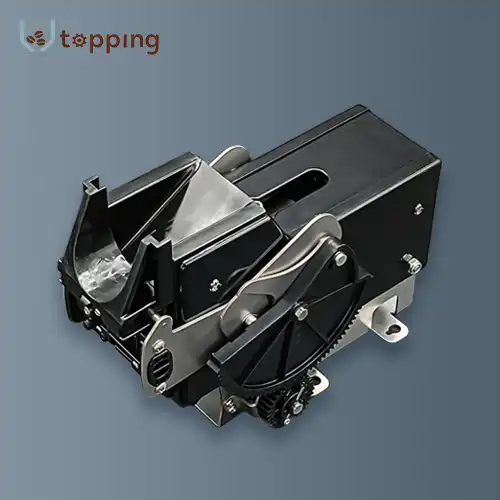

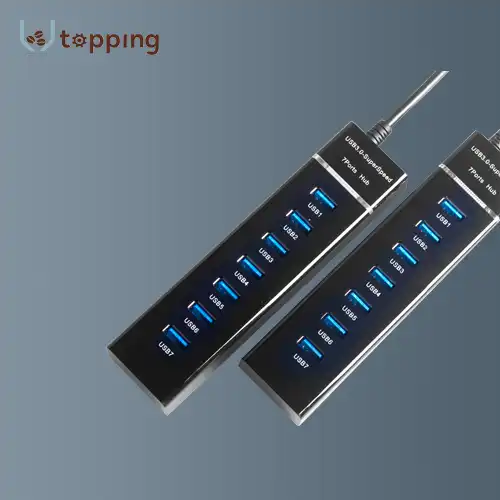
.webp)

